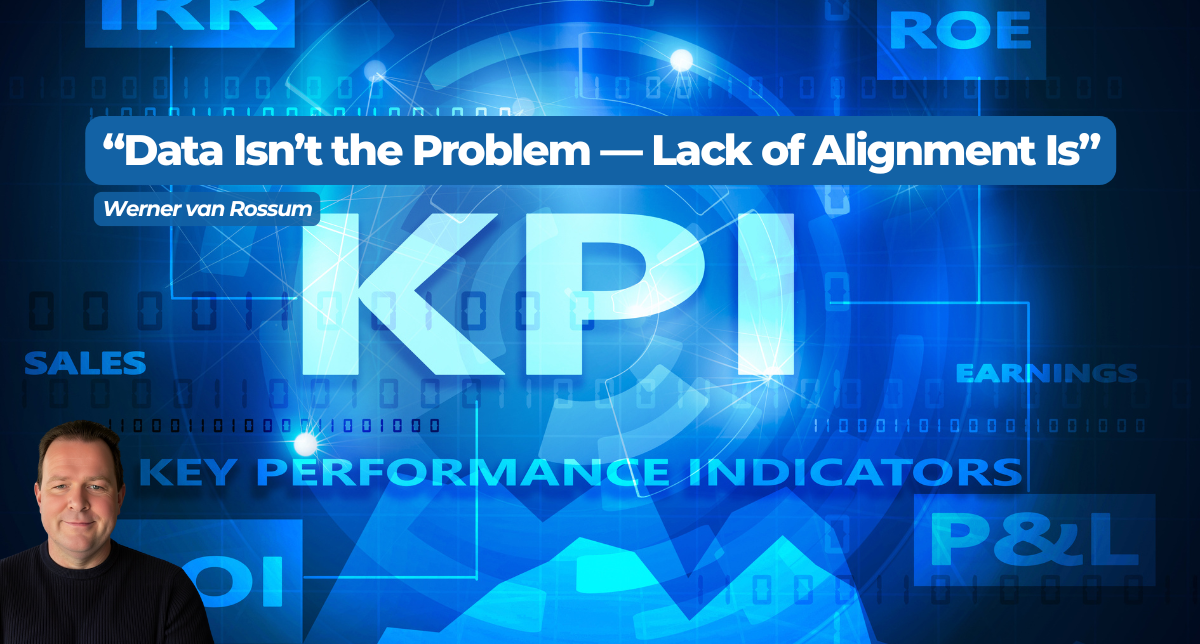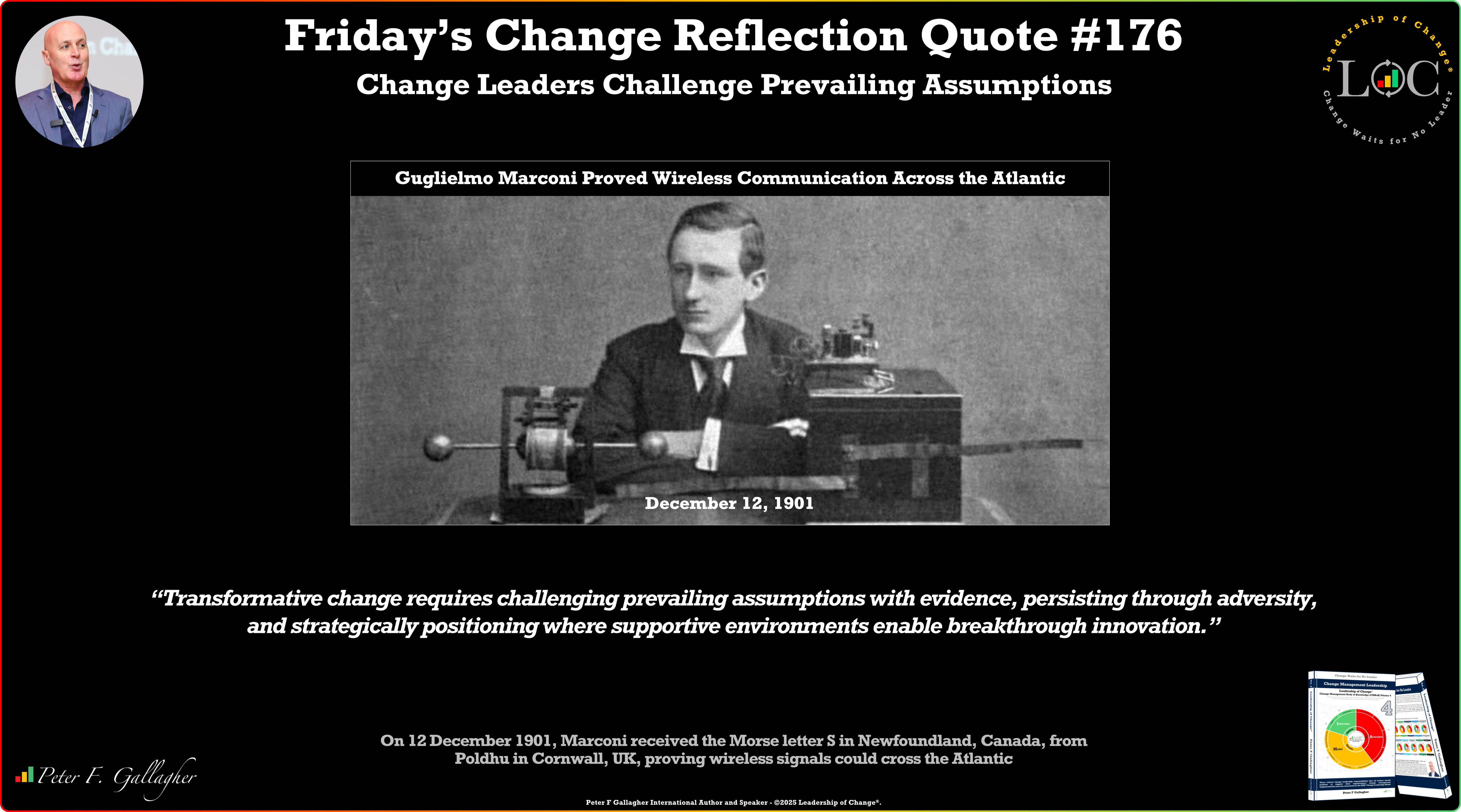Oct14

I’ve worked in leadership development for decades—and I’ll say it plainly: I hate “hi-po” programs.
For the uninitiated, “hi-po” stands for high potential. The classic definition is an individual with the ability, ambition, and organizational commitment to succeed in senior-level roles beyond their current performance. These are the people organizations label as their “future leaders.”
Over the years, I’ve consulted for several companies that proudly ran high-potential programs. Typically, they recruit standout college graduates and put them into intensive three- or four-year rotational programs. Participants are taught leadership skills while being cycled through departments to gain a broad understanding of the business. On paper, it sounds impressive.
BUT I just don’t buy into the thinking behind these programs.
Selecting a handful of bright college students and declaring them “the future” is like putting all your eggs in one very untested basket. You’re investing time, money, and attention into individuals who haven’t proven themselves in the real world.
And let’s be honest—college achievement has little to do with workplace success. GPA doesn’t measure resilience, emotional intelligence, or the ability to lead under pressure.
The Tom Brady Test
Let’s look at a sports analogy.
Tom Brady was the 199th draft pick in 2000. He wasn’t chosen until the sixth round.
He joined the New England Patriots as the fourth quarterback. No team needs four quarterbacks—what was he going to do there?
Now contrast that with Johnny Manziel. A Heisman Trophy winner in his freshman year! Nicknamed “Johnny Football,” he was a first round draft pick in 2014. Talk about high potential!
Manziel barely made it through his first year. He flamed out spectacularly. Meanwhile, Brady went on to become one of the greatest leaders—and players—in NFL history.
Why the difference?
Because technical ability and leadership ability aren’t the same thing. What someone does in college doesn’t necessarily translate into real-world performance.
Tom Brady wasn’t the most remarkable athlete, but he grew into an extraordinary leader. Johnny Manziel had all the talent in the world - but lacked the ability to lead a team.
The Lesson for Business
We make the same mistake in organizations every day—confusing someone who is good at their job with leadership potential. Instead of betting on a few “future leaders,” why not invest in everyone’s development?
What harm could come from making every employee a better communicator, collaborator, or problem solver? None. In fact, your entire organization becomes stronger.
When you give everyone the opportunity to learn and grow, those who want to lead will rise naturally—and you’ll have a deeper, more capable bench as a result.
Don’t pick and choose who gets development. Offer development opportunities to everyone. Teach them skills that you expect your leaders to possess (but won’t be mad at everyone having!). Expose them to the whole organization. “Test them” with stretch assignments.
A future leader doesn’t always look like “high potential” on day one.
Keywords: Business Strategy, HR, Leadership
 Data Isn’t the Problem. Alignment Is.
Data Isn’t the Problem. Alignment Is. Friday’s Change Reflection Quote - Leadership of Change - Change Leaders Challenge Prevailing Assumptions
Friday’s Change Reflection Quote - Leadership of Change - Change Leaders Challenge Prevailing Assumptions The Corix Partners Friday Reading List - December 12, 2025
The Corix Partners Friday Reading List - December 12, 2025 Measuring the True ROI of Automated Claims Processes: Beyond Speed and Cost
Measuring the True ROI of Automated Claims Processes: Beyond Speed and Cost The New Silicon Frontier: Specialization and the Diverse Landscape of AI Chips
The New Silicon Frontier: Specialization and the Diverse Landscape of AI Chips